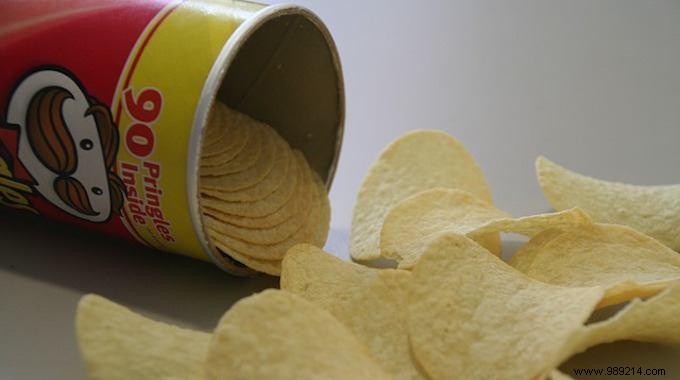
90% of food items found in supermarkets are stuffed processed ingredients with no nutritional value.
The reality is that these ingredients are gradually killing us, one bite at a time.
The good news is that it's up to you what you put in your body!

Do you want to regain control of your diet and your health?
Here is a list of the 10 ingredients that must be avoided at all costs for a toxin-free diet:
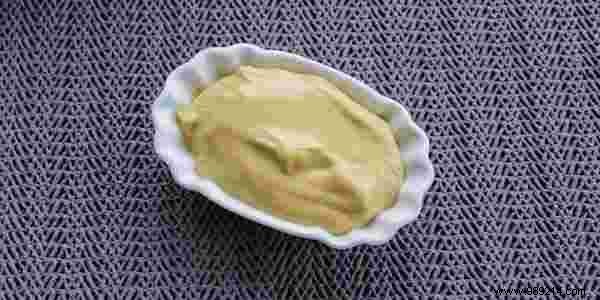
What is it? Sodium benzoate is a food additive frequently used to prevent the formation of mold in foods.
But when used with vitamin C or vitamin E, sodium benzoate produces benzene — an organic compound carcinogenic.
In addition, sodium benzoate acts on the mitochondria (the energy generators of our cells), depriving them of oxygen.
It is also associated with a high risk of Attention Deficit Disorder in children.
What foods to avoid? Sodium benzoate is used as an additive under the name E211 .
It is found in fruit juices, pickles, commercial salad dressings and condiments (aromatic extracts, mustard, etc.).
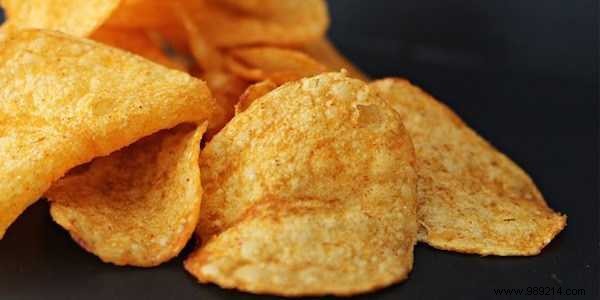
What is it? They are the most widely used synthetic antioxidants in the food industry. They are used to prevent the oxidation of oils and fats. BHA/BHT are suspected to be allergenic and carcinogens .
However, there is a natural alternative to BHA / BTH:vitamin E . Moreover, most products in organic stores use vitamin E to replace BHA / BHT.
What foods to avoid? BHA is used as an additive under the name E320 and BHT as E321 . They are used in crisps, processed cereals, lard, butter, canned meat, beer, cookies and chewing gum.
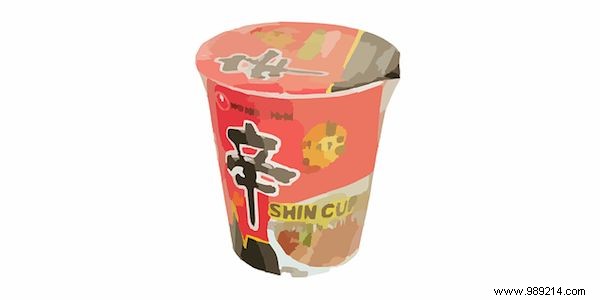
What is it? GMS is a popular food additive.
It acts directly on the hypothalamus , the region of the brain that regulates our appetite. GMS generates resistance to leptin , “the hormone of satiety”.
In other words, the MSG eliminates the feeling that you get when you are no longer hungry. This explains why so many people are addicted to chips!
GMS is an excitotoxin . This means that it causes an overproduction of hormones. In particular, it causes an overproduction of dopamine . Therefore, it creates a euphoria comparable to that of taking drugs!
GMS is also associated with inflammation liver and dysplasia .
What foods to avoid? GMS is used as a food additive under the name E621 .
It is found in canned soups, fast food, chips, Chinese food, canned sauces and commercial salad dressings.
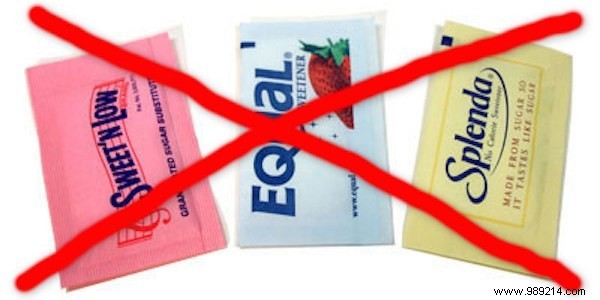
What is it? Synthetic sweeteners replace sugar. A study reveals that synthetic sweeteners act on the bacteria that are naturally found in our digestive tract.
More specifically, sweeteners stimulate harmful bacteria that increase the risk of diabetes and obesity .
A study reveals that the risk of death from cardiovascular disease increases by 50% in women who consume 2 sweetened drinks a day.
What foods to avoid? Synthetic sweeteners are used to impart a sweet flavor to foodstuffs.
It is found in sodas, low-fat yogurts, fruit juices, chewing gum and candies.
Here are some popular synthetic sweeteners and their food additive code for easy reference in the ingredient list:acesulfame potassium (E950 ), aspartame (E951 ), saccharin (E954 ) and sucralose (E955 ).
To learn more about natural alternatives to sugar, discover our article on the subject here.
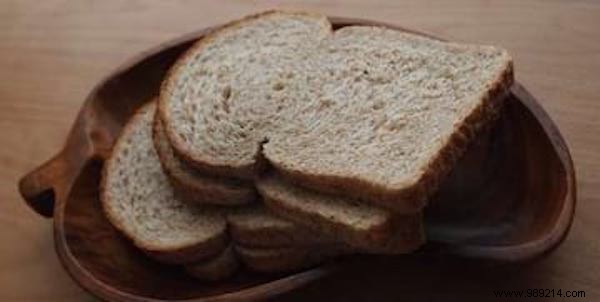
What is it? Potassium bromate is used as a food additive to whiten bread dough and make it firmer.
Bromate potassium is carcinogenic . It is known to cause kidney and thyroid cancer .
In principle, it is completely destroyed during cooking. Nevertheless, trace elements can still be found in industrial pastry products.
What foods to avoid? Potassium bromate is used under the name E924 .
Fortunately, its use as a food additive has been banned in the European Union, Canada, Brazil and China. But not in the US — take note if you're traveling there!
It is found in fast food sandwiches, frozen pizzas and industrial bakery products.

What is it? Acrylamide is a toxic synthetic product. It appears "spontaneously" when certain foods are cooked at over 120°C.
It is a highly carcinogenic molecule. .
What foods to avoid? Foods heated above 120°C, such as crisps, fries, coffee and toasted almonds.
FYI, cigarette smoke also contains acrylamide.
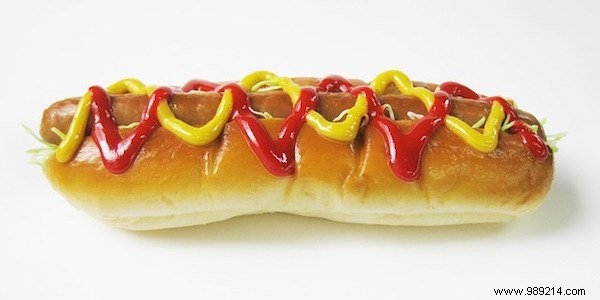
What is it? Sodium nitrite is a food additive.
It is used as a preservative. It is also used to "fix" the colors of processed meat foods. Unsavory, isn't it?
Sodium nitrite is suspected of being carcinogenic. It is associated with a high risk of pancreatic cancer in rats.
What foods to avoid? It is used under the name E2505 .
It is found in processed meat foods (sausages, bacon, etc.) and canned foods that contain meat.
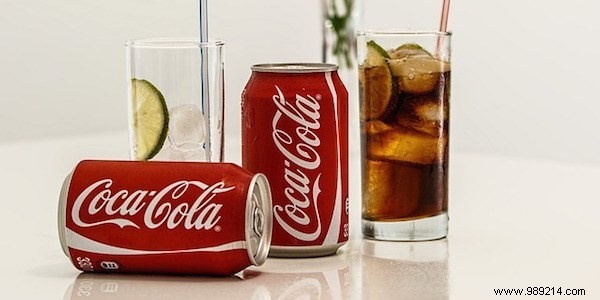
What is it? It is also commonly known as glucose-fructose syrup .
It is a sweetener made from corn starch. It is essentially composed of glucose.
Among other things, corn syrup is associated with diabetes and obesity .
What foods to avoid? Corn syrup is sometimes listed as isoglucose .
It is found in sodas, chocolate bars, juices from concentrate, processed cereals and some condiments.
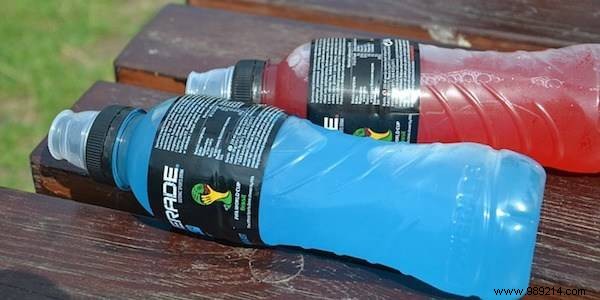
What is it? Brominated vegetable oil is a food additive used primarily as an emulsifier and stabilizer in soft drinks.
As the name suggests, brominated vegetable oil contains bromine . This is the same component found in fire extinguishers.
Bromine is linked to several health problems, including disorders of the cardiovascular system and thyroid .
What foods to avoid? Brominated vegetable oil is used as a food additive. It is known as E443 .
Fortunately, it is banned in the European Union, Japan and Australia. But not in the rest of the world — so be sure to read the ingredients when you're abroad!
It is found in sodas and sports drinks (Gatorade, for example).
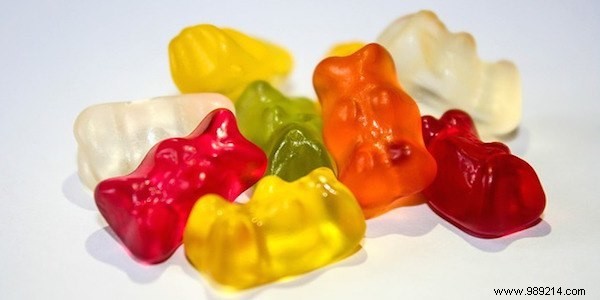
What is it? Artificial colors are used to add color to food.
Some artificial colors are linked to several forms of cancer :thyroid, bladder, kidneys and brain.
What foods to avoid? Dyes are frequently used in food.
Here are the ones you absolutely must avoid:blue E132 , blue E133 , green E143 , red E127 and yellow E110 .
These colors are found in candies, cereals, chocolate bars, frozen meals and fruit juices.
The best way to avoid these ingredients is to eat organic as much as possible.
The preparation of organic products follows rigorous principles. In particular, the restrictions on the use of food additives are strict — they guarantee a healthy diet.
Certainly, the prices of products from organic farming are more expensive, but not necessarily much more, if you buy in bulk common products such as rice, pasta and natural yogurts.
By buying certified organic products, you are also buying a better quality of life — a life without artificial toxins.
Ask yourself this essential question:is there a better investment than investing in your own body?
There you go, you know the 10 ingredients you shouldn't eat anymore :-)
Do you know of any other ingredients to avoid? Share them with us in the comments. We can't wait to read you!